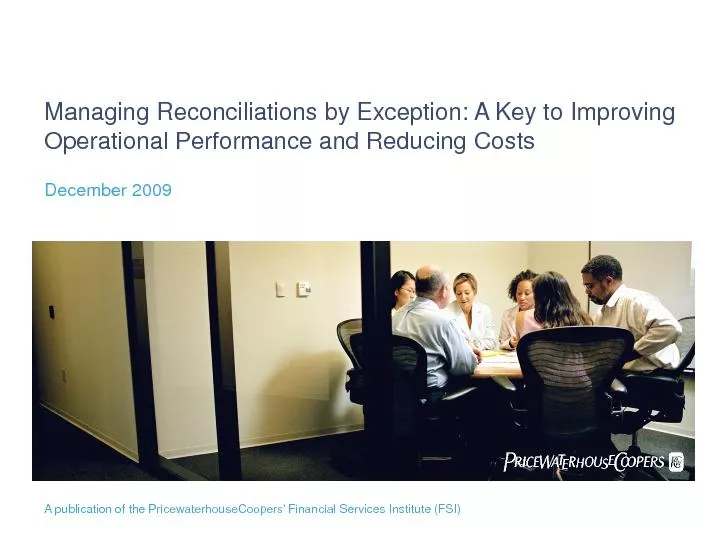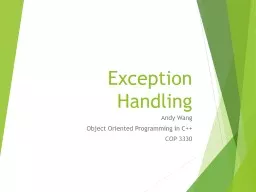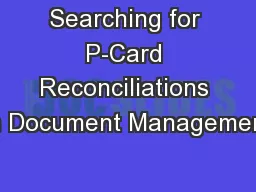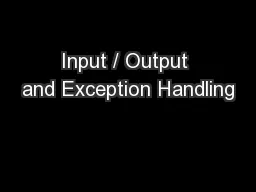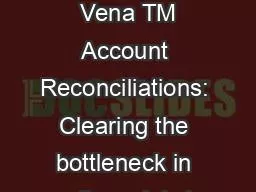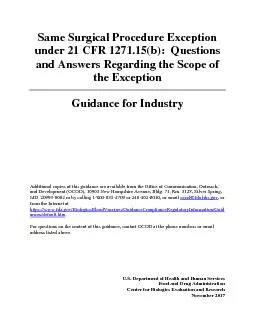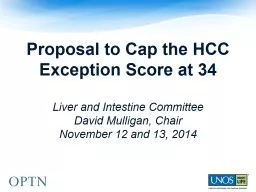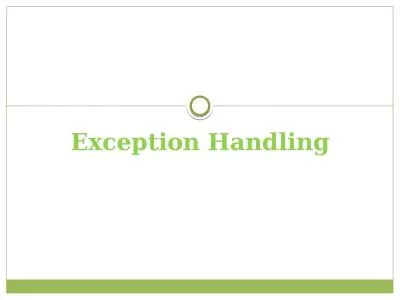PDF-Managing Reconciliations by Exception: A Key to Improving
Author : conchita-marotz | Published Date : 2016-07-20
Operational Performance and Reducing Costs December 2009 PC A publication of the PricewaterhouseCoopersx2019 Financial Services Institute FSI Contents Section Page 1 Point
Presentation Embed Code
Download Presentation
Download Presentation The PPT/PDF document "Managing Reconciliations by Exception: A..." is the property of its rightful owner. Permission is granted to download and print the materials on this website for personal, non-commercial use only, and to display it on your personal computer provided you do not modify the materials and that you retain all copyright notices contained in the materials. By downloading content from our website, you accept the terms of this agreement.
Managing Reconciliations by Exception: A Key to Improving: Transcript
Download Rules Of Document
"Managing Reconciliations by Exception: A Key to Improving"The content belongs to its owner. You may download and print it for personal use, without modification, and keep all copyright notices. By downloading, you agree to these terms.
Related Documents

